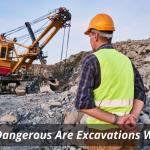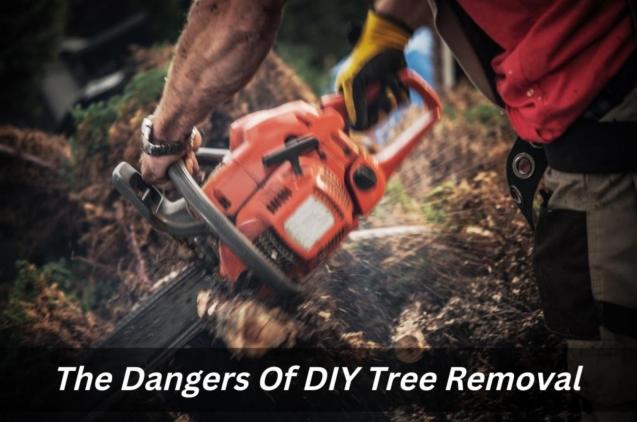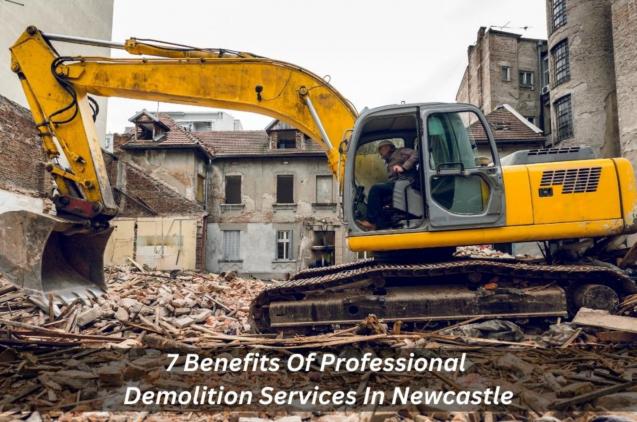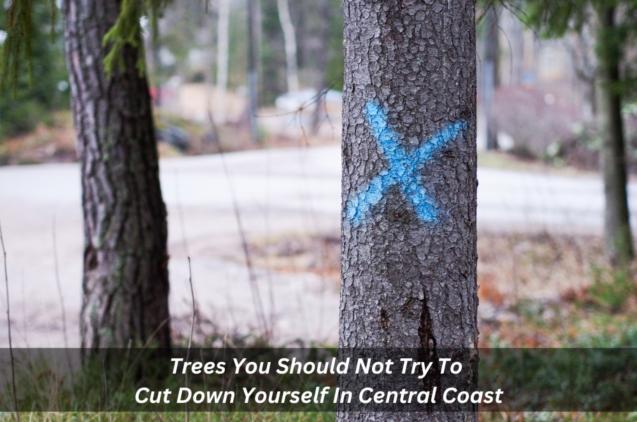
How Dangerous Are Excavations Works?
The excavation Newcastle-Wide has seen tremendous growth over the last decade, leading to concerns around safety standards and worker protection. This article focuses on the dangers associated with construction excavation sites.
Three Types of Excavators
There are three types of excavators: front loaders, wheel loaders, and crawler track machines (aka backhoe). Each type of machine has its advantages and disadvantages.
Front-loaders
Generally considered safer because they weigh less and require workers to stand farther away from the edge of the pit. However, these machines are much more expensive and not suitable for some jobs.
Wheel loaders
Can be used in many situations that front loaders cannot. They have larger buckets which allow them to dig large holes, but they are also very dangerous. These machines are usually operated by one person at a time, making it easier to control them. As well, the wheels make them slower than their counterparts.
The main danger of a wheel loader comes when there are no barriers between the operator and the ground. It is important that all people working near an excavation site wear protective gear such as hard hats and masks if there is any chance of falling into the excavation or being hit by debris. There should also be proper lighting at night so that the area is visible.
Crawler tracks
Also known as backhoes, are typically heavier and slower than other excavator models, but offer better visibility and control. They are the most dangerous excavator type due to their size and speed and must be handled by a competent person with risk assessment.
Workers operating these machines face significant injury risks, especially a person falling from a vehicle. There are even stories of people being crushed between excavating buckets.
Crawler track machines are usually the cheapest option available. They will work on a smaller scale and use only one bucket attached to a pivoting arm. Crawler track machines are great tools for underground services including trenches and small areas, but they cannot handle large amounts of dirt.
If the excavator gets stuck in the ground or starts to move forward too quickly, it could cause damage to surrounding structures. Therefore, it is vital that the area be checked before starting any job.
Excavation Safety Standards
Safe working methods vary from state to state. In most states, companies must carry liability insurance and provide training programs in managing the risk for all employees who work on excavation services.
All three types of excavators must meet certain requirements when it comes to safety standards. Each standard includes a list of specific items which should be present. A few examples include:
• Properly installed hydraulic systems
• Hydraulic system pressure gauges
• Hand brakes on boom extenders
• Lights on hand controls
• Ladders for use in confined spaces
• Locking devices for tool boxes
• Protective eyewear
• Properly trained operators
• Proximity alarms on machines
• Right-of-way signs
• Tampons and sanitary napkins
• Traffic cones for marking off access routes
• Warning signs
Of course, some of the risks associated with excavation come down to operator error, but there are several things you can do to minimize your exposure to hazards. These include wearing personal protective equipment (PPE) and staying out of harm’s way.
A hard hat is mandatory, while eye protection, gloves, boots and steel-toed shoes should always be worn. Additionally, any area where you could come into contact with debris should be covered with a tarpaulin.
Finally, it is important to know the difference between required and recommended PPE. Required gear includes everything listed above, while optional items may vary according to your employer.
You have probably heard about the importance of a code of practice in work health safety and proper training when it comes to workplace safety. At least one hour of annual training on how to use and maintain your equipment is recommended.
However, many employers will only provide this training if you are hired through an employment agency. This is because agencies are responsible for providing proper training as part of their contract with the client.
If you already have experience working in a similar type of job, you might want to take advantage of this fact. Many employers offer internships to college students looking for extra cash. The best thing about these positions is that you get paid to learn new skills and gain valuable hands-on experience. You also get free tuition!
The other important factor which must be considered while planning a project is weather conditions. Rainy days are known for causing landslides, especially in mountainous regions. During extreme rain, mudslides may occur, resulting in the loss of property or even human lives. Therefore, careful planning is required to ensure that the project does not incur significant losses due to bad weather.
In addition to the above mentioned factors, it is always advisable to hire professional contractors who are experienced in this field to avoid making costly mistakes during a major construction project.



